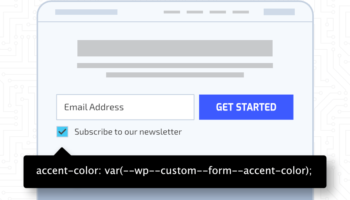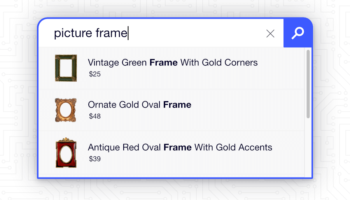There used to be a lot of guesswork required for new website owners launching an online store. Google decided it was time to eliminate any mystery by compiling a comprehensive checklist on how to open your shop to the world.
This comes as a welcome change for developers who previously mapped their own way to reach a successful destination in Google’s search results.
Before going over the specific steps, it’s good to decide what kind of website launch makes the most sense for your store. Google breaks down the types of launches into four categories.
Grand Reveal
This is most site owners’ fantasy, to have the live site magically appear for both the public and Google at the same time, and then they’re off to the races taking orders.
Google says using a password to keep the site private until the big reveal is a nice step. Sometimes the marketing team likes this approach, as it keeps the content and any new offerings secret until launched.
However, the reason we’re using the word “fantasy” is that it can take some time for sites to start appearing in Google Search results, and even in the Google Shopping tab. So the order things go live isn’t necessarily synchronized.
Homepage Launch
This is a nice relaxed approach that allows you to start building awareness of your brand, building links with other sites and getting your store name known through Google searches even if there isn’t any merchandise or services ready to order.
Many site owners use a coming soon banner on the homepage, preferable to the cliché under construction notice so common in the web’s earlier days.
Launch Without Product Availability
This is similar to the grand reveal, except all the products aren’t available to order yet—usually, they’re marked out of stock.
This one can be kind of a tease to the customers, but has its advantages. By launching the store and showing the products, it allows the merchandise to get indexed by Google. That also allows you to start building ad campaigns to get ready to drive traffic.
If you go this route, be sure to list a date, exact or approximate, for when merchandise will be available to shop. That way you won’t end up with unhappy customers who got excited seeing your products but were unable to order them. In some cases, customers could even be left confused as everything was out of stock.
Soft Launch
A lot of restaurants do this, where they’ll open early but then schedule a future day to actually do the grand opening. This allows customers to test the site before the bigger unveiling.
Google points out how you can turn this into a “sneak peek” event, “making shoppers feel special that they discovered the site before it is officially live.”
Google does mention that sometimes the site can get discovered early, for example on social media, and that could suddenly increase the traffic.
Other Steps to Complete When Launching
With a solid plan for how you’re going to launch your site, here are some other considerations that can help guarantee a successful opening.
1. Verify Your Site
First be sure you verify your site ownership with Google. This is a critical first step to take even before launching.
2. Request Indexing
In the process of launching your site, you’ll want to ask Google to index your site. It has a couple of methods for doing this, depending on how large the website is.
If the site only has a small number of URLs, Google encourages you to simply use the URL inspection tool. For larger sites with more links, it says it’s wise to provide a sitemap.
3. Track Googlebot’s Interaction
To be sure your site is getting indexed properly, and to avoid false warnings, you can track how Google Search is indexing your site and use the Index Coverage report to see the progress of actual indexing.
Google points out that its Merchant Center “may verify and cross-check content with the Google Search index. To avoid false verification warnings, make sure that your site is indexed in Google Search and that your products are available for purchase.”
4. Tell Google About Your Business
If you are running a store at a physical location, you should let Google know.
5. Promote Products and Deals
Finally, Google reminds eCommerce site owners to sign up for Google Merchant Center. This will help you to get more detailed about specific products offered in your store, and can even help promote deals to potential customers.
While these steps certainly take some time, they are worlds better than when site owners simply guessed the best way to get on Google. Today, there’s a guide.
If you have any questions or need help launching your eCommerce site, contact the experts here at Hall.





